When Do Pine Trees Drop Their Cones?
Pine trees typically drop their cones in late summer to early autumn, coinciding with decreasing temperatures, as a part of their reproductive cycle.
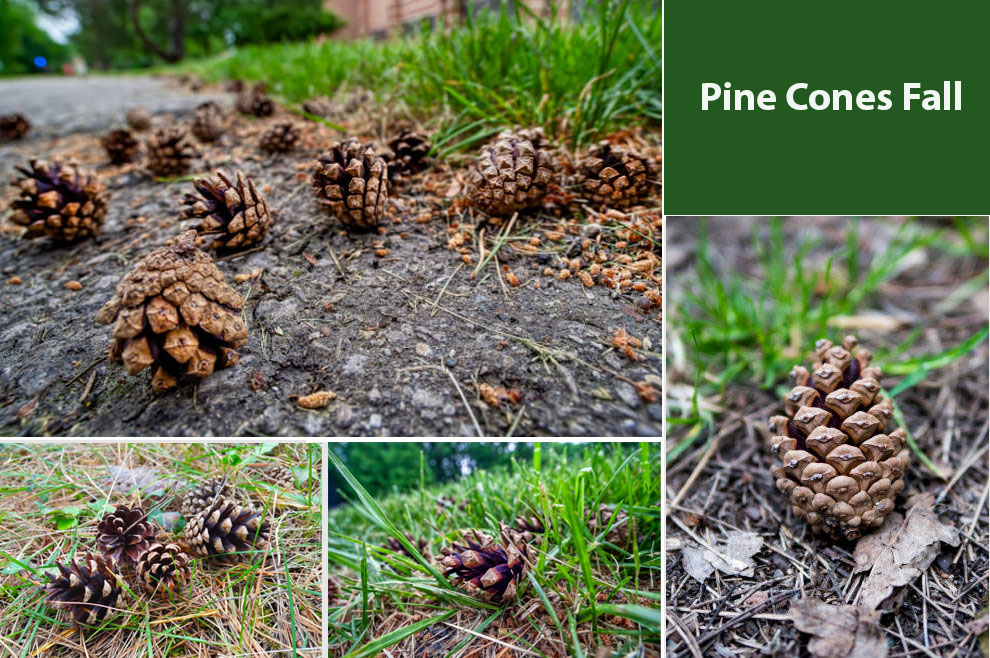
Pine cones are emblematic of evergreen forests, standing tall and proud on pine trees. They are far more than just nature’s decorative ornaments; they are the guardians of a tree’s future.
Pine cones, those intriguing structures adorning pine trees, hold within them a mesmerizing secret: the timing of their descent. As autumn arrives, the question of why and when do pine cones fall piques the curiosity of nature enthusiasts.
Pine cones typically fall during the autumn months, primarily triggered by temperature changes. As temperatures drop, pine trees prepare for winter by releasing mature cones, which then fall to the ground.
This synchronized event aids in seed dispersal, contributing to the tree’s reproductive cycle and forest regeneration.
When Do Pine Cones Fall From Trees?
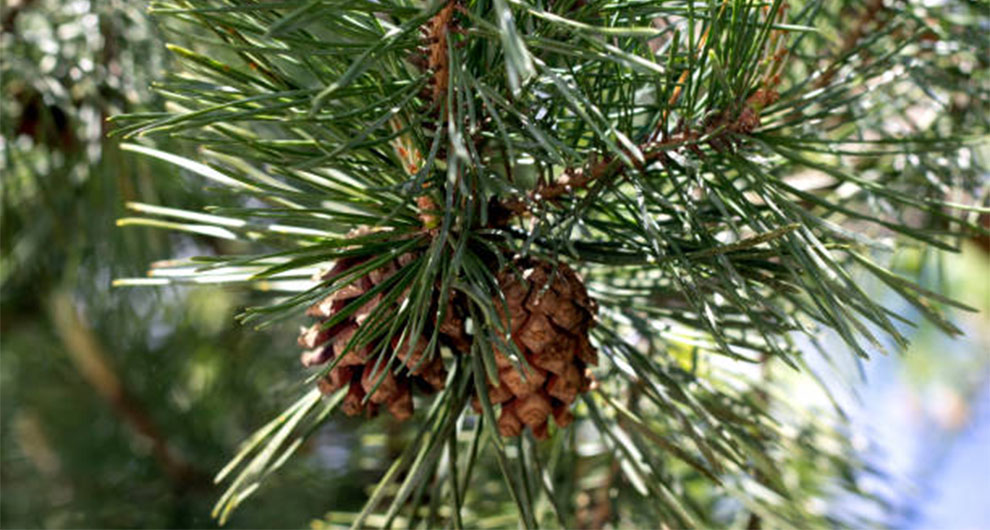
Different types of Pine trees typically drop their cones in the late summer to early autumn, with specific timing influenced by environmental cues. The ideal time for cone release coincides with decreasing temperatures in the fall.
As temperatures drop, pine trees prepare for winter by shedding mature cones. However, various factors can influence the precise timing. Weather events like storms or droughts can accelerate cone release, while favorable conditions may delay it.
Additionally, the fall equinox serves as a crucial trigger, signaling the tree to redirect its energy towards cone release.
This synchronization with nature’s seasonal rhythm ensures that the seeds within the cones have the best chance for dispersal and subsequent growth, facilitating the tree’s reproduction and forest regeneration.
The Pine Cone Lifecycle
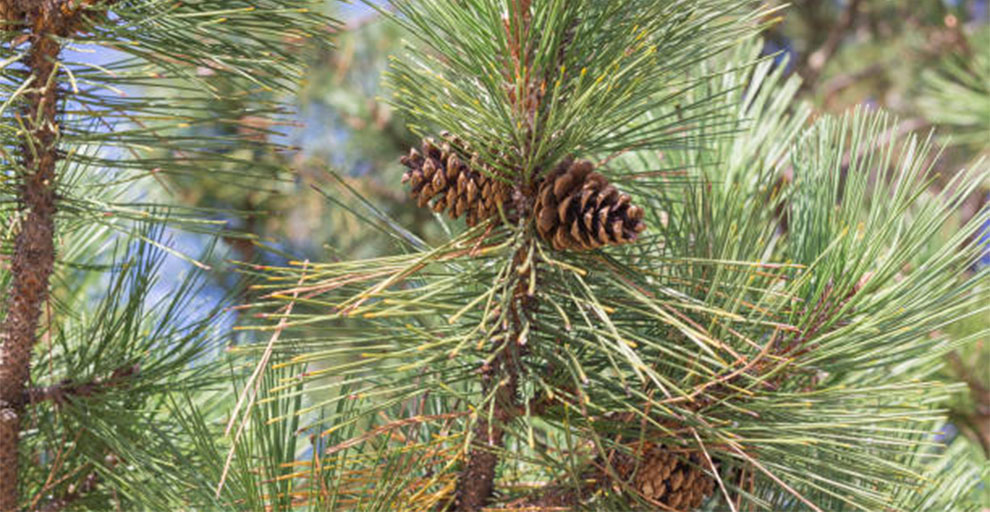
Since we have started unraveling the mystery of when pine cones fall, it’s essential to understand the life cycle of pine. Because that also has a role to play.
A pine cone is not just a static structure; it’s a critical part of a pine tree’s reproductive strategy.
Understanding its anatomy and its role within the tree’s lifecycle is key to finding an answer to the secrets of its fall.
The pine cone’s lifecycle begins with its development as a tightly closed cone on a pine tree. Over time, it matures, and when environmental conditions are right, such as decreasing temperatures in late summer to early autumn, it undergoes a complex process.
This process includes the drying and opening of cone scales to release seeds. This is when pine cones fall, usually in autumn, ensuring that the seeds have the best chance to disperse and germinate, ultimately continuing the life cycle of the pine tree.
Seasonal Changes and Pine Cone Triggers
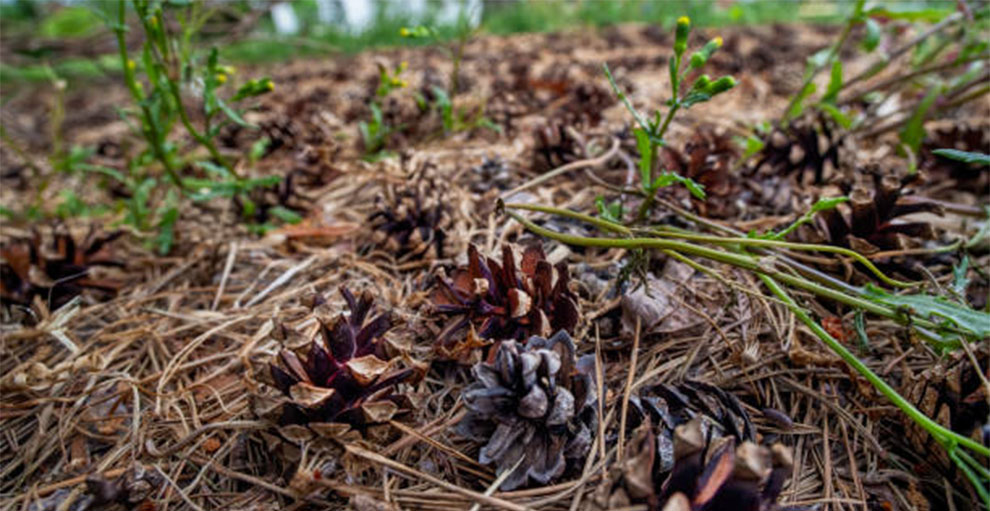
Pine cones don’t simply fall randomly. When do pine trees drop their cones i.e. their timing is intricately tied to the changing seasons. Temperature is the primary trigger, and as we approach autumn, the trees sense the impending cold.
This environmental cue initiates a cascade of events within the pine cone, ultimately leading to its release of seeds. Seasonal changes and temperature fluctuations play a pivotal role in triggering the fall of pine cones.
As the days grow shorter and temperatures cool in late summer to early autumn, pine trees respond to these changes. Decreasing temperatures prompt physiological changes within the cones.
Specifically, the pine cone scales dry out, causing them to contract and release tension. When this tension is relieved, the scales open, facilitating the shedding of mature seeds.
This precise timing ensures that pine cones fall when conditions are favorable for seed dispersal and germination, aligning with the natural rhythm of the changing seasons and the tree’s reproductive strategy.
Fall Equinox and Pine Cone Drop Timing
The fall equinox (when the Earth’s axis is tilted neither toward nor away from the Sun resulting in nearly equal lengths of day and night) acts as a celestial signpost, heralding the arrival of autumn.
It’s during this time that pine trees start reallocating their energy reserves. The equinox serves as a precise indicator for the pine cone to release its seeds, aligning perfectly with nature’s rhythm.
Do Different Pine Species Drop Their Pine Cones At A Different Time?
Yes, different pine species often drop their pine cones at varying times, reflecting their unique adaptations to specific ecological niches.
The timing of cone drop can be influenced by factors like climate, latitude, and elevation. For instance, some pine species in colder climates might release cones earlier in the season to ensure seed dispersal before harsh winter conditions.
In contrast, those in milder climates might drop cones later. This diversity in timing allows different pine cone varieties to optimize their chances of successful seed dispersal and growth, contributing to the rich biodiversity of pine forests around the world.
Natural and Human-Induced Influences on Pine Cone Dropping
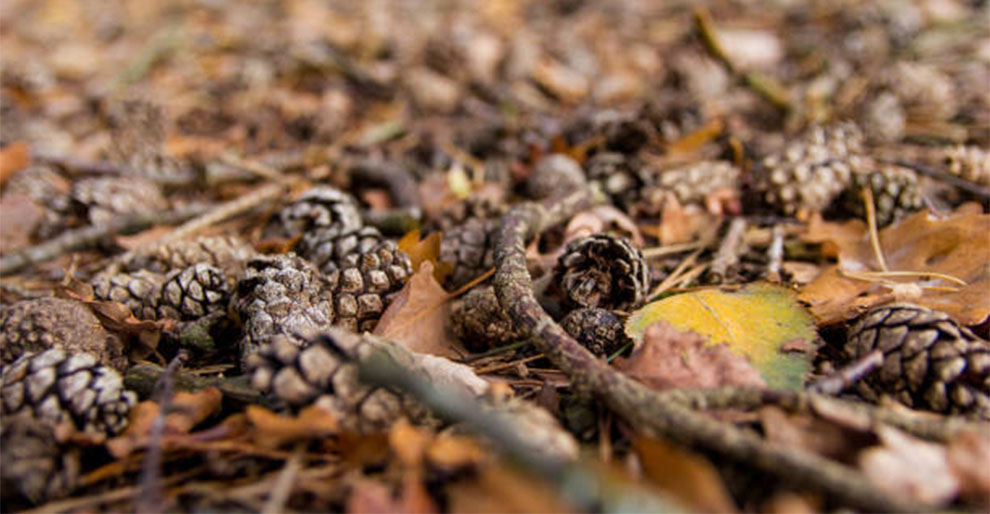
The timing of pine cone dropping is primarily governed by natural factors. Temperature fluctuations, seasonal changes, and environmental cues trigger this event.
However, external influences can alter this natural rhythm. Natural factors like weather events (storms and heavy rainfall), drought, and insect activity can cause premature cone drop.
When do pinecones drop is affected by human actions as well. On the human front, deforestation, climate change, urbanization, forest management practices, and the introduction of non-native species can disrupt the synchronized process of pine cones dropping.
Recognizing and mitigating these influences is crucial for preserving pine forests and their essential role in ecosystems.
Did You Know? Pine Cones in Culture and Folklore
Pine cones, those familiar forest treasures, have played diverse roles across cultures. In ancient Greece, they symbolized enlightenment. Renaissance artists found inspiration in their symmetry.
Pine cones have also been sacred in Christianity, representing spiritual awakening. Native American tribes used them as symbols of abundance and fertility.
Even today, you can spot pine cones adorning holiday wreaths and festive decor. These small, natural wonders have woven themselves into the tapestry of human culture, offering a rich and enduring legacy of symbolism and tradition.
Related: Types of Pine Bushes | Kinds of Pine Wood
Common Questions About Pine Cones
What happens to pine cones after they fall?
Once pine cones fall from trees, their scales open up, releasing seeds. These seeds can then either germinate and grow into new pine trees if conditions are favorable, or they may serve as a food source for wildlife.
Pine cones themselves slowly decompose over time, returning nutrients to the forest floor, enriching the soil, and playing a crucial role in the ecosystem’s renewal.
Do pine cones decay?
Yes, pine cones do decay over time. After falling to the forest floor, they begin to decompose. This natural decay process can take several years, depending on environmental conditions.
As they break down, pine cones release nutrients into the soil, which benefits the surrounding vegetation. While the outer scales of the cone deteriorate relatively quickly, the central core may take longer to break down fully.
How often do pine trees produce pine cones?
The frequency of pine cone production varies among pine tree species and environmental conditions.
Many pine trees produce cones annually, while others have longer intervals between cone-bearing years, ranging from 2 to 5 years or more.
This irregular production pattern, called masting, is influenced by factors like climate, temperature, soil conditions, and genetics. Masting is an adaptation that helps optimize seed dispersal and survival.
